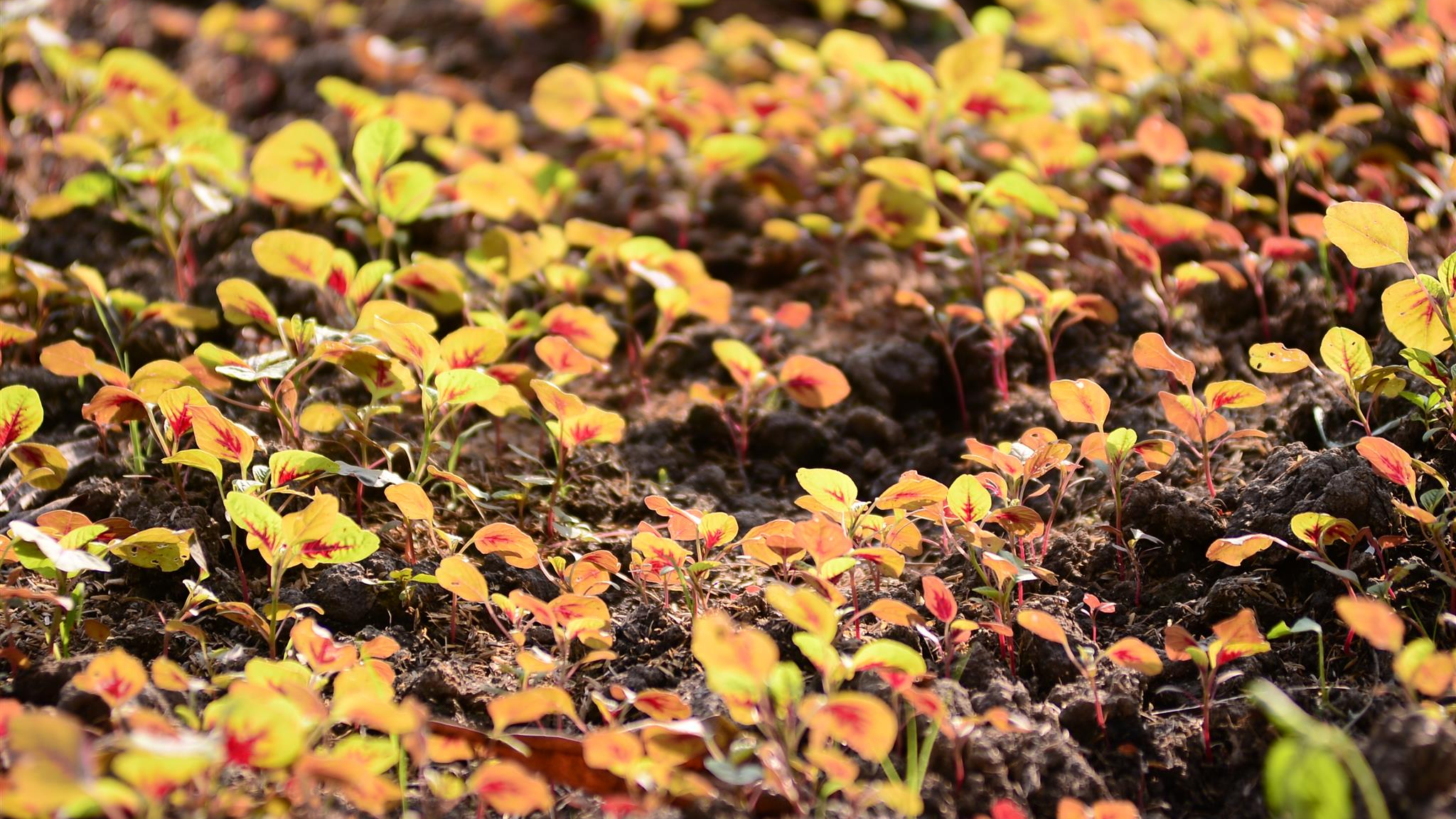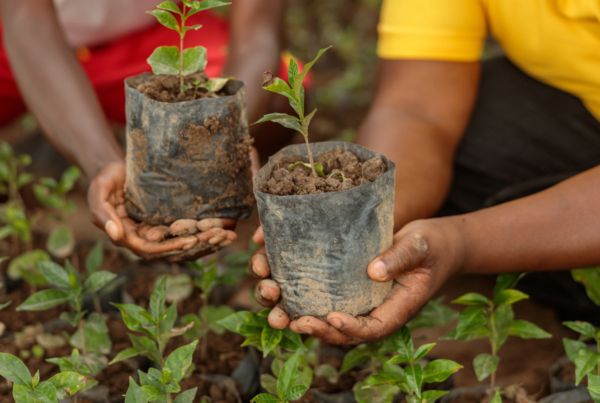FAO recently launched the first-ever global report on “The State of the World’s Biodiversity for Food and Agriculture” presenting mounting and worrying evidence that the biodiversity sustaining our food systems is disappearing. This puts the future of our food, livelihoods, health, and environment under severe threat.
Once lost, the report warns all species that support our food systems and sustain the people who grow and/or provide our food cannot be recovered. On a positive note, biodiversity-friendly farming practices such as organic are helping to counter this scenario.
Biodiversity – The Variety of Life Found on Earth
Biodiversity for food and agriculture is all the plants and animals – wild and domesticated that provide food, feed, fuel, and fiber. It is also the myriad of organisms that support food production through ecosystem services, called “associated biodiversity”. This includes all the plants, animals and micro-organisms such as insects, bats, birds, mangroves, corals, seagrasses, earthworms, soil-dwelling fungi and bacteria that keep soils fertile, pollinate plants, purify water and air, keep fish and trees healthy, and fight crop and livestock pests and diseases.
The report, prepared by the Food and Agricultural Organization of the United Nations (FAO) under the guidance of the Commission on Genetic Resources for Food and Agriculture looks at all these elements. It is based on information provided specifically by 91 countries, and the analysis of the latest global data.
Food Systems Under Severe Threat
Several key components of biodiversity for food and agriculture at genetic, species and ecosystem levels are in decline. The diversity of crops present in farmers’ fields has declined and threats to crop diversity are increasing.
Many species, including pollinators, soil organisms and the natural enemies of pests, that contribute to vital ecosystem services are in decline as a consequence of the destruction and degradation of habitats, overexploitation, pollution, and other threats.
There is also a rapid decline in key ecosystems that deliver numerous services essential to food and agriculture, including the supply of freshwater, protection against storms, floods, and other hazards, and habitats for species such as fish and pollinators.
Leading Causes of Biodiversity Loss
The driver of biodiversity loss for food and agriculture cited by most reporting countries changes in land and water use and management. This is followed by pollution, overexploitation and overharvesting, climate change, as well as population growth and urbanization.
Demographic changes, urbanization, markets, trade, and consumer preferences strongly influence food systems, frequently with negative consequences on biodiversity and the ecosystem services it provides.
Such drivers can though also open opportunities to make food systems more sustainable, for example through the development of markets for biodiversity-friendly products such as organic food and beverages.
Biodiversity-friendly Solutions
FAO’s report also highlights a growing interest in biodiversity-friendly practices and approaches e.g. 80% of the 91 countries indicate using one or more biodiversity-friendly practice such as organic agriculture, integrated pest management, and agroecology.
This supports the findings unearthed by Solution Search: Farming for Biodiversity, a global competition run by Rare and IFOAM-Organics International in 2017.
Following the competition, the “Farming for Biodiversity” report was released showcasing 338 community-based solutions that help farmers and other agricultural practitioners adopt ecologically-friendly practices that protect biodiversity.
These innovations contribute to biodiversity protection in many ways by employing methods with an emphasis on agroecology, organic farming, integrated farming, and conservation agriculture to replace the overuse of chemical fertilizers and pesticides, and to restore ecosystems.
They take better control of waste and crop residues, including producing compost, animal feed, or biofuel. They bring new-found economic benefits and recognition for traditional varieties, knowledge, and practices and also celebrate the potential of youth and women farmers as drivers of change.
Time to Act but How?
Biodiversity-focused practices are often complex and require a good understanding of local ecosystems. According to FAO several countries noted major challenges in up-scaling such practices, and there is a need to promote them through capacity development and the strengthening of policy frameworks.
Here, the “Farming for Biodiversity” report delivers assistance as it highlights the success factors solutions have in common, allowing for replication, as well as the design of global policy frameworks needed to stop rapid biodiversity loss.
Steps to be taken include:
- Transforming attitudes towards nature by boosting social awareness and behavior change;
- Tailoring initiatives to ecological and economic contexts;
- Identifying and strengthening local champions of biodiversity;
- Setting incentives and economic returns to create win/wins, and
- Creating spaces and support for bottom-up community engagement.
You can explore some of these innovations on the ‘Agriculture and biodiversity solutions’ site of the Panorama platform.
Supporting Policies
To identify policy frameworks that have proven successful on this and other aspects of sustainability, IFOAM – Organics International teamed up with FAO and the World Future Council to run a global contest for laws and policies that work best in supporting agroecology. You can check out the winners and read an analysis of the policies here.
If you are interested in how policies that support biodiversity-friendly farming systems such as agroecology and organic agriculture can be developed and improved, take a look at the report and the toolkit we developed for policy-makers and advocates here.
Future Outlook
Overall, there is a need to improve collaboration among policy-makers, producer organizations, consumers, the private sector and civil society organizations across food and agriculture and environment sectors.
Opportunities to develop more markets for biodiversity-friendly products could be explored and we can also look at the role citizens can play in reducing pressure on biodiversity e.g. by choosing sustainably/organically grown products or avoiding the purchase of foods considered unsustainable.
Done right, agriculture can create a safe habitat for biodiversity, provide Good Food for All, and protect the environment.
In the previous blog posts, you’ll find posts exploring extraordinary innovations, organic policies, scientific research and expert opinions on organic. Check them out!







